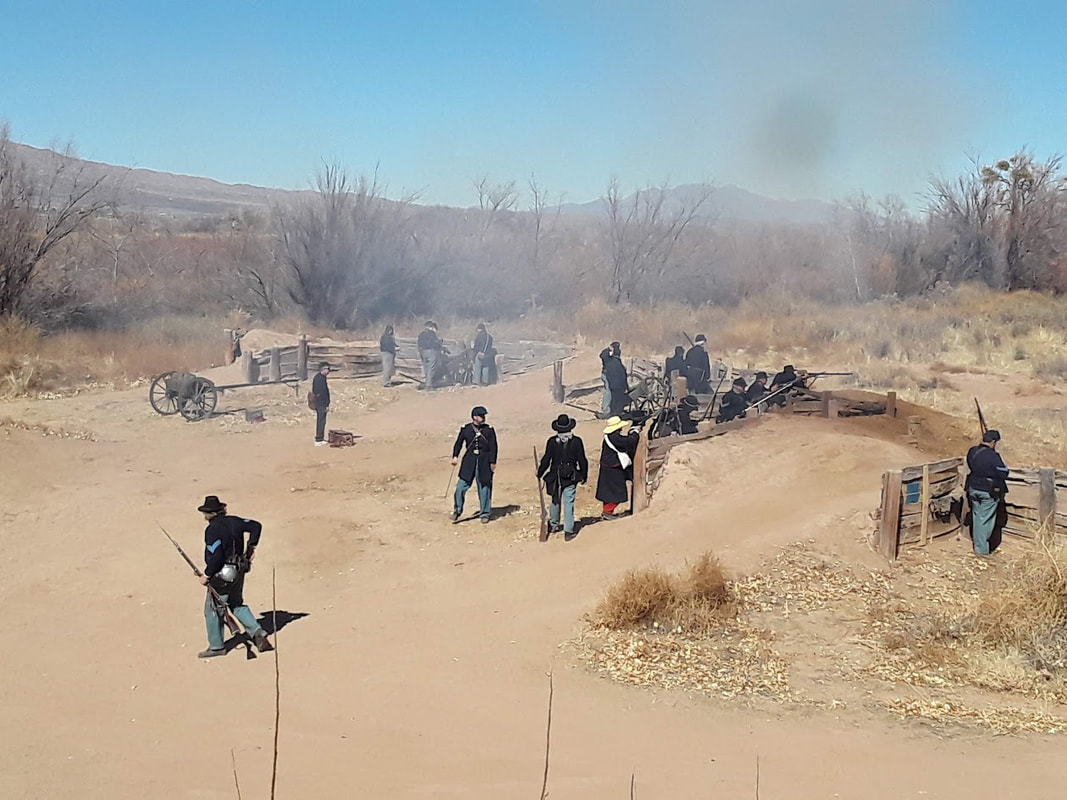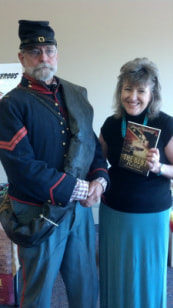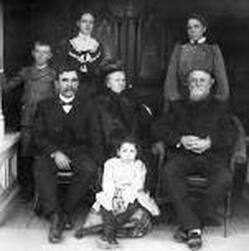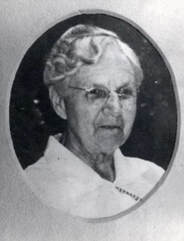 La Glorieta today. It was originally built sometime before 1803. John Phelan, CC BY-SA 3.0
La Glorieta today. It was originally built sometime before 1803. John Phelan, CC BY-SA 3.0 General H.H. Sibley’s Army of New Mexico had begun with great intentions. Its leader had planned to take the California and Colorado goldfields at little cost to the Confederacy, fulfilling a Southern version of Manifest Destiny. But things went wrong from the start, and they soon discovered that New Mexicans were not as willing to feed and shelter an army made up of Texans as Sibley had supposed.
After its supply train was destroyed while they were fighting the Battle of Glorieta Pass, Sibley’s army retreated to Santa Fe and began straggling into Albuquerque, where they commandeered La Glorieta, the already old hacienda that was owned by German entrepreneur Franz Huning.
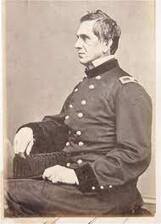 Col. E.R.S. Canby
Col. E.R.S. Canby Unwilling to face Sibley’s entire army, which might reach Albuquerque at any moment, Canby had moved his men eastward into the Sandia Mountains. A few days later in the little village of San Antonio, he met up with the Colorado volunteers now under the command of John Chivington. Now, he thought, his troops were large enough to resume the attack on Gen. Sibley.
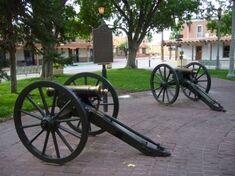 The howitzer replicas, Old Town Albuquerque
The howitzer replicas, Old Town Albuquerque
Although hardly a battle, the artillery duel is the only battle ever to be fought within the city limits of Albuquerque. The eight brass howitzers were later recovered, and two are preserved in The Albuquerque Museum and replicas of the guns stand around the edges of Albuquerque's Old Town Plaza..


